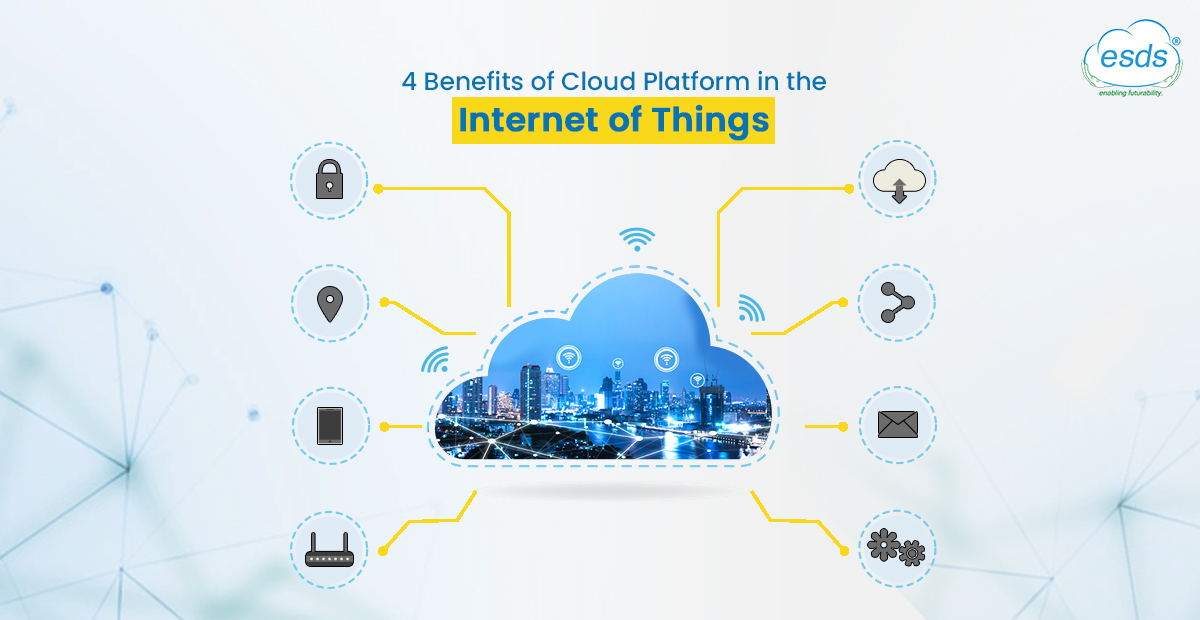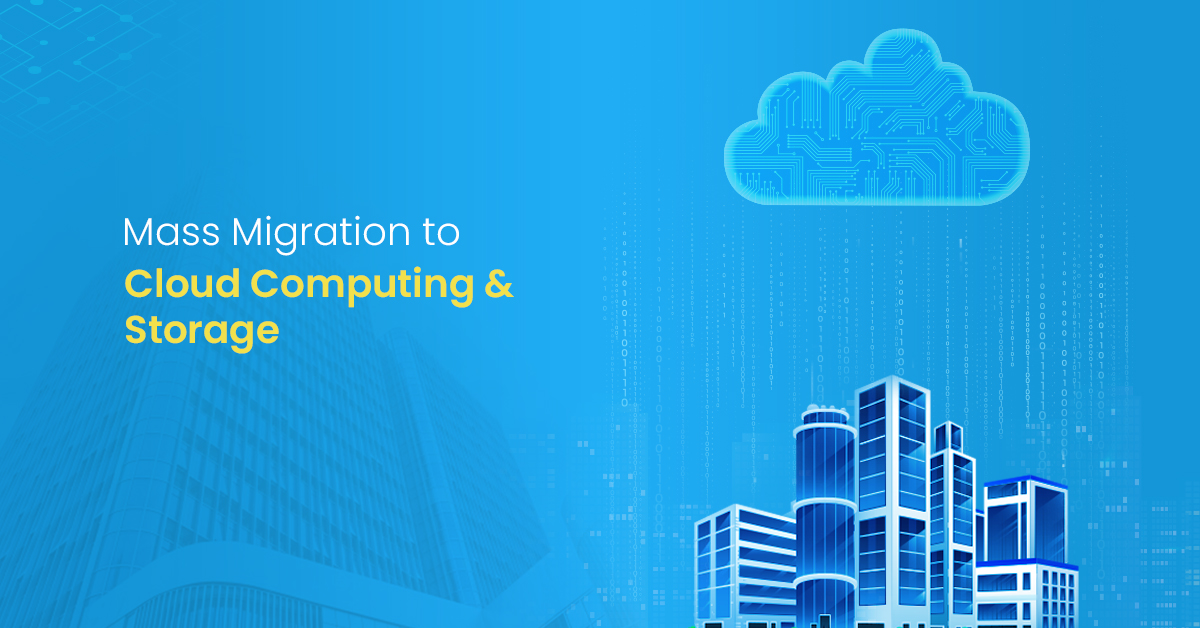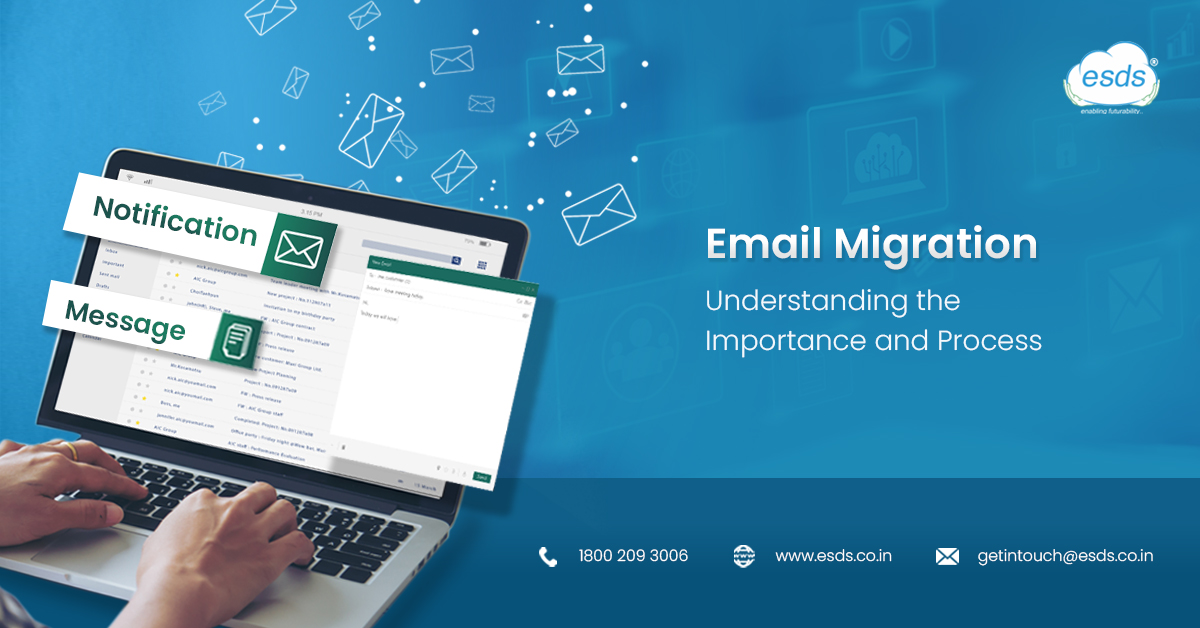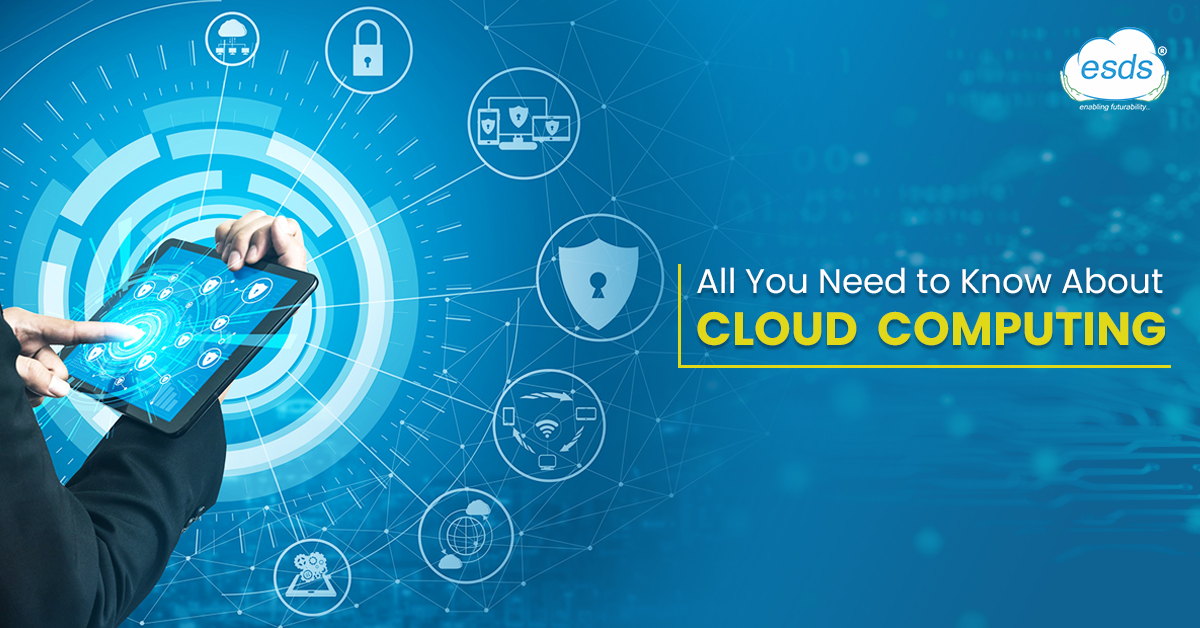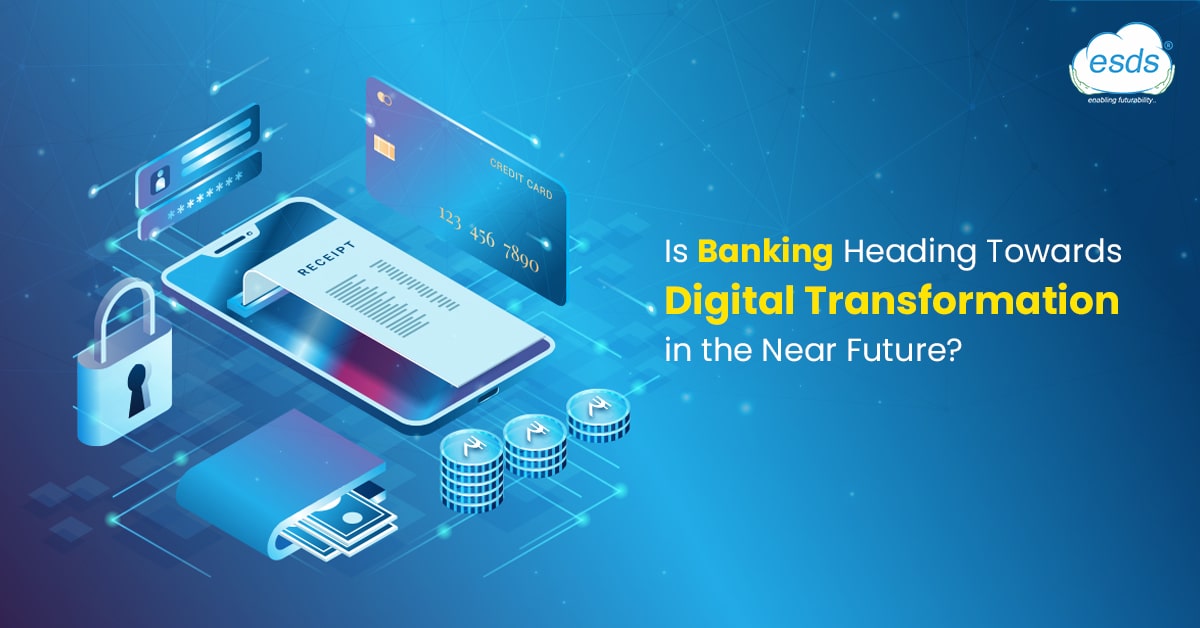What is the main asset for a business in today’s time? Definitely the
Data. Data is the currency of today. Data is moving businesses and is
at the core of business success. Hence, saving the most crucial,
money-making asset of your business is the top-most business priority
across all industries. Given its significance to business success, the
importance of disaster recovery cannot be overstated in this data-driven
world. Regardless of the business domain, when an unanticipated event
occurs bringing operations to a halt, businesses need all the plans in
place to quickly resort to their operations and continue their services.
What is Disaster Recovery and IT Disaster Recovery Plan?
Disaster recovery is
a method of restoring the data and recovering infrastructure, systems,
applications, networks, power, and connectivity after a disaster has
happened. IT Disaster Recovery plan is a document containing a set of
policies and procedures to enable the organization to retrieve access to
its hardware, applications, and data, and resume its operations post a
disaster. A business can be impacted by various disasters, from man-made
such as cyber-attacks, device failure, or human error to a natural
event such as an earthquake or flood. Considering all these parameters,
an IT Disaster Recovery plan is designed to reduce system downtime,
financial loss and keep the customer’s trust.
There are different ways disaster recovery plans can be put in a
place. However, with a massive amount of data generated by businesses, a
cloud-based DR solution provides the optimum benefits. Want to know why
you need to make a move from traditional disaster recovery to the
cloud-based DR solution? Read Cloud-based DR or Traditional DR – Which is the best Disaster Recovery Plan for you?
Read More>>

